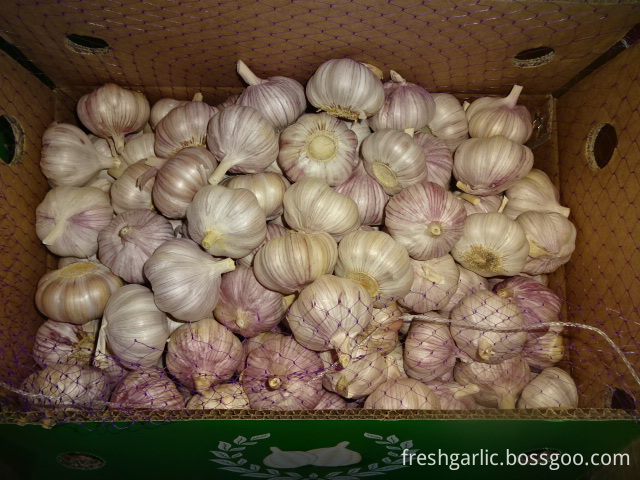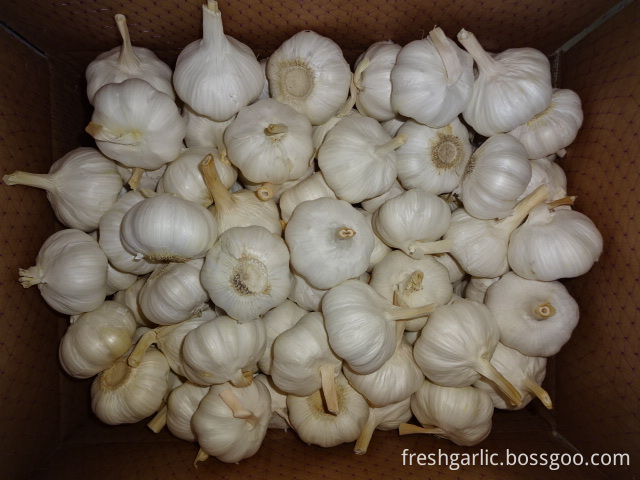The thinner the fried food, the more harmful it becomes.
The low temperature in winter, short sunshine and weak light cause these greenhouse plants to grow slowly, consume less water, have little evapotranspiration, and lose water in the soil. Therefore, it is widely acknowledged among vegetable farmers that vegetable greenhouses can not be poured for hundreds of days in winter. Water's argument. Although this kind of statement is very one-sided, we should also realize some truths from it. In winter, the weather is cold and the water temperature is low. If the water is frequently watered, the plants not only need not, but also bring harms. The ground temperature will drop, the soil will have poor ventilation, the roots will be damaged, and the absorption capacity will be greatly reduced. In the low-temperature and high-humidity environment, rooting can occur, resulting in a large number of root deaths. In addition, the low temperature and low ventilation in winter, frequent watering will not allow the humidity in the shed to fall for a long time. The “dew condensation†time of the leaves is long, which forms extremely favorable conditions for the occurrence and spread of the disease. Therefore, the watering of greenhouses in winter must grasp the principle of “five-to-five and no-floodâ€.
One, pouring sunny not pouring
That is watering on sunny days, not watering on cloudy days. The specific watering time should be selected according to different weather conditions. Strictly abide by the watering on sunny days, little or no pouring on cloudy days, avoid the principle of watering on rain and snow days, especially in the cold and cloudy snow weather, you should try to avoid During this period of watering, so as to avoid causing the temperature drop caused by vegetable roots dead trees, or cause the air humidity in the shed to increase, resulting in the occurrence and spread of the disease. Watering time should be arranged on sunny days. After watering, it is best to have several consecutive sunny days.
Second, do not pour before pouring
Ie watering before noon and no watering in the afternoon. Before the watering, the ground temperature recovered quickly and there was enough time to exclude the humidity in the shed. Don't water at noon so as not to affect the physiological function of the root when the water is heated. It is also not suitable to water in the evening so as to prevent the temperature in the shed from falling and then failing to recover. The death of the plants and the excessive humidity are also likely to cause serious vegetable diseases. Most vegetable farmers are now watering after 10 a.m., which is very inappropriate. Because when the weather is fine, the temperature of the shed is rising fastest after 9:00 am, and the temperature of the shed can reach 25°C at 10 o'clock. At this time, the ground temperature is not lower than 20°C. If this time watering, well water temperature is generally around 14 °C, well water temperature and ground temperature difference is too large, it is easy to cause rooting, dead tree phenomenon. In the morning, when the grass seedlings were just uncovered, the temperature of the shed was 13°C-15°C and the ground temperature was 10°C-12°C. If the water is poured at this time, the temperature of the well water is not much different from the ground temperature, and it is not easy to cause root damage after watering.
Third, do not poured large
That is, pouring water, not flood irrigation. In winter, the temperature is low, evaporation is small, and the amount of water needed for vegetables is also small. Therefore, the number of watering and the amount of watering are small. Under normal circumstances, the watering is the interline water, avoid bountiful irrigation, each time the amount of watering only 1/3 to 1/2 of the amount of water in summer. Such as winter cucumber, planting ridge cultivation of large and small, when the watering can be taken when the intercropping watering, watering the small two rows, watering once the big line, alternate irrigation methods to reduce the impact of water on the ground temperature. Avoid flooding to prevent the spread of roots and diseases caused by low temperature and high humidity.
Fourth, do not cast cold water pouring
In winter, when the water temperature is low, the water for irrigation must be preheated in the shed, and then poured when the water temperature is close to the ground temperature. Watering should use well water as much as possible, because the well water temperature is higher, which can reduce the physiological stimulation of vegetables. The temperature of the water should not be lower than 12°C. Never use the river water, reservoir water and cold water in the pond directly. After watering, turn off the ventilation openings even when the water is turned off, so that the temperature can reach and stabilize at 32° C. for 1 to 3 hours, increase the temperature in the greenhouse, promote the ground temperature with the air temperature, and promptly ventilate and exhaust the air after the ground temperature rises.
Five, pouring dark is not poured
That is, pouring dark water, not pouring water. The cultivation of vegetables in winter should insist on under-membrane irrigation. Under conditions, micro-irrigation under the membrane can be carried out. This can effectively prevent evaporation of ground water, reduce air humidity in the greenhouse, and prevent diseases. Especially in the deep winter season, the use of micro-irrigation has a positive effect on the balance and coordination of water, fertilizer, gas and heat required for vegetable growth. In particular, the use of micro-irrigation in the middle and early stages is conducive to root control and control of air humidity in the shed. , reduce the occurrence of pests and diseases. Micro-irrigation can also effectively control the amount of water, reduce the leakage of water in the deep layer and fertilizer loss, improve soil structure and performance, promote crop growth and improve vegetable quality.
In addition to the above five points, attention should also be paid to the use of fertilizers with high nitrogen content when watering and irrigating fertilizers are used. This will reduce the water temperature after use, resulting in a significant reduction in ground temperature after watering. In the deep winter, some biological bacterial fertilizers and organic fertilizers can be applied to facilitate the improvement of the ground temperature.
Fresh Garlic has been used as both food and medicine for thousands of years. Fresh garlic contains many nutrients, including phosphorus, potassium, calcium, protein and vitamins B and C. Try to use it on a daily basis to achieve the greatest health benefits.
For fresh garlic ,there are two varieties of garlic: one is Normal White Garlic (with some purple stripes on the skin of the bulbs) and another variety called Pure White Garlic (or snow White Garlic) which does not have any purple stripes on the skin.


Fresh Garlic
Fresh Garlic,Fresh White Garlic,Preserving Garlic,Natural Garlic
JINING FORICH FRUITS & VEGETABLES CO., LTD. , https://www.forichgarlic.com